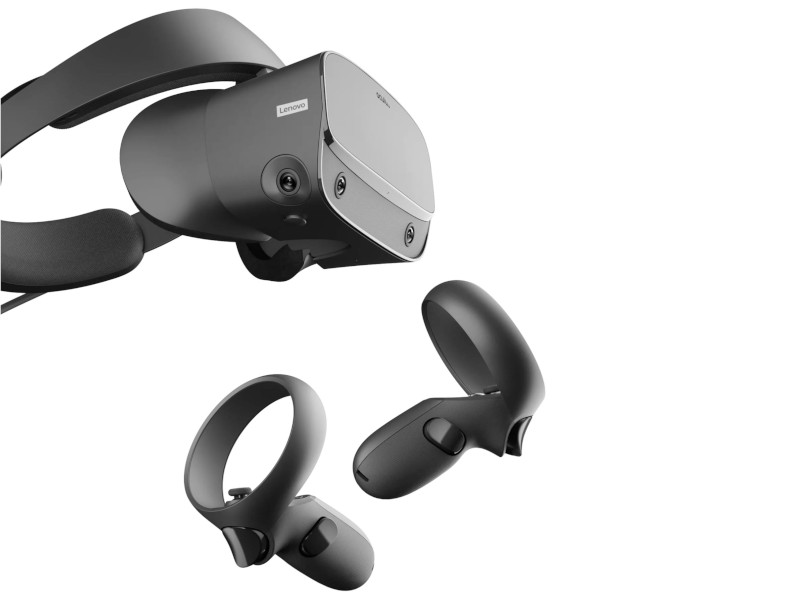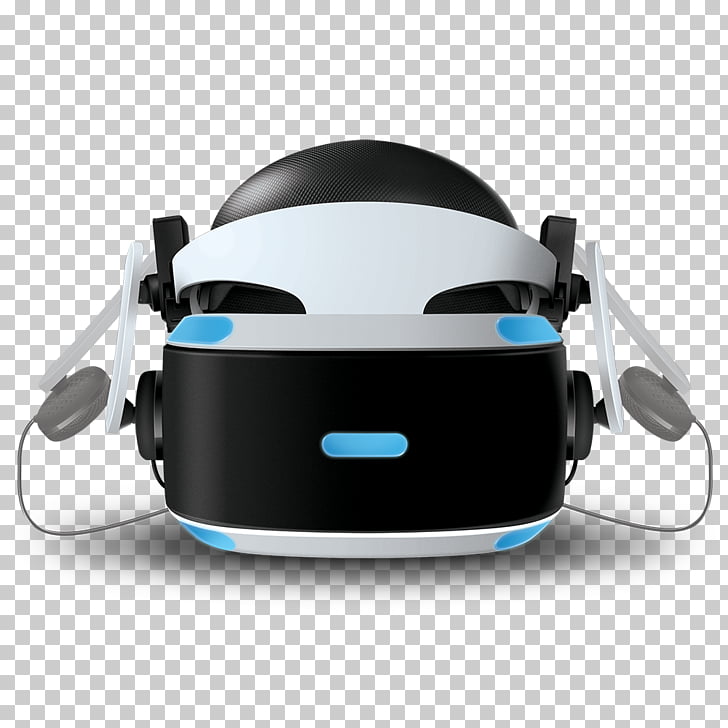
Oculus VR has designed the Oculus Rift to be relatively simple to get up and running starting with connecting the headset to your PC and plugging it in. How do I get the Oculus Rift to work with my computer? NVIDIA GTX 960 4 GB/AMD Radeon R9 290 or greater NVIDIA GTX 970/AMD Radeon R9 290 or greater NVIDIA GTX 1050 Ti/AMD Radeon RX 470 or greater NVIDIA GTX 1060/AMD Radeon RX 480 or greater

Intel i5-4590/AMD Ryzen 5 1500X or greater Does Oculus Riff support augmented reality? Now if only there was a way to move around the virtual world without walking into furniture or our walls. On top of this the oculus Sensor stands and Touch controllers have their own sensors, tracking your movements and translating it all into the virtual environment - again with great precision and with no noticeable lag.

It really does feel like you're looking around a 3D world. You're not just playing the game, you see, you're in the game. The latency on these tracking systems is milliseconds, and allows the Oculus platform to automatically adjusting the image you see on screen based on your own movement. This includes an accelerometer, gyroscope, magnetometer and a 360-degree positional tracking system with six-axes of movement. The goggles themselves feature a large number of internal and external sensors that monitor your head movements. There's also a 110-degree field of view and 90 Hz refresh rate.
Vr photo viewer oculus rift 1080p#
Each display offers 2,160 x 1200 resolution, which works out to offer 1080p resolution per eye. A set of lenses is placed on top of the panels, focusing and reshaping the picture and creating a stereoscopic 3D image.

The Oculus Rift accomplishes this using a pair of OLED screens that displays two images side by side, one for each eye. Picture a set of ski goggles but instead of miles of fresh powder, you're transported into space or underwater.


 0 kommentar(er)
0 kommentar(er)
